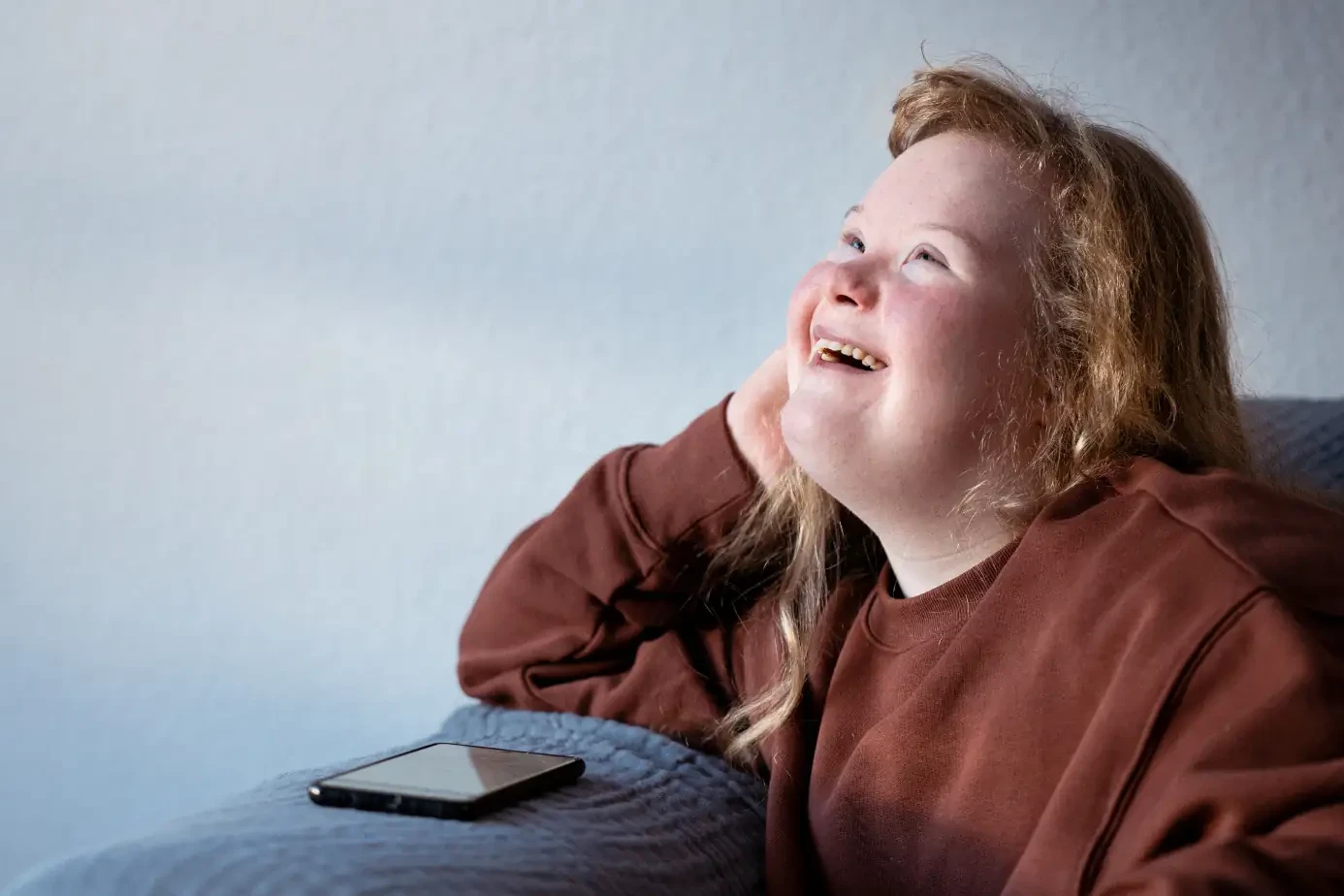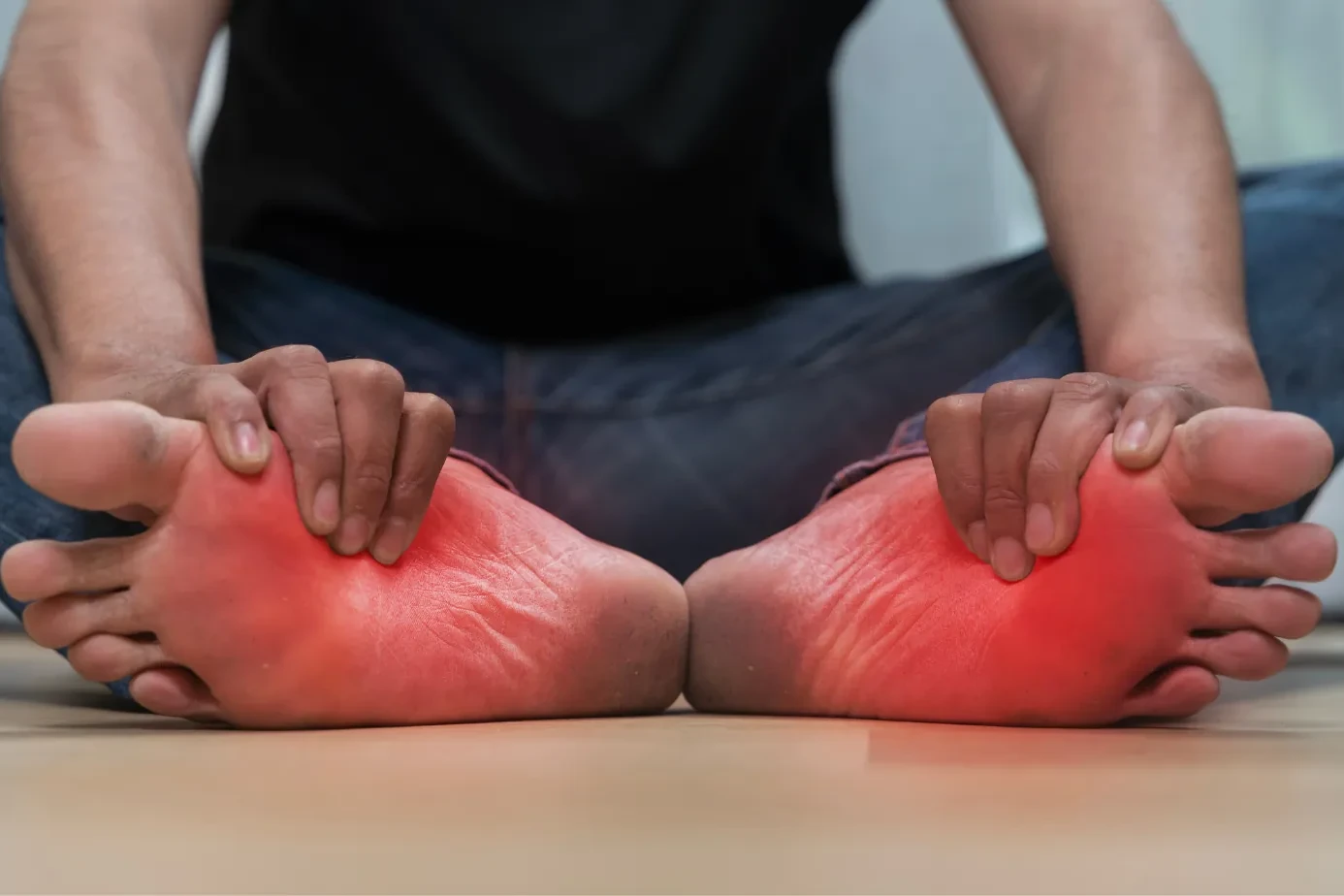Revealed information about people such as Jeffrey Epstein recently shocked our culture. It brought the grim reality of sexual predators into sharp relief. Considering the vulnerability of our most valued member children and adolescents these insights are very unsettling. Such predators are a psychologically severe threat to our society as a whole, in addition to being a moral and legal problem.
As a Dad and a neurologist, I understand firsthand how much we must shield our kids from harm. These people can cause psychological trauma that can leave deep, often unseen, and lifelong scars that may influence our children for the rest of their lives. Therefore, we must comprehend the characteristics of these predators and the potential long-term effects they may have on developing delicate minds. The first step in creating solid defenses to safeguard our communities, families, and the entire planet is realizing this.
This blog seeks to draw attention to this issue’s complexity. We’ll examine the characteristics of predators like Epstein, learn about their strategies, identify red flags, and investigate the power relationships that enable them to function. This blog is about more than just recognizing the issue
it’s about arming ourselves with information.
We will also talk about the psychological effects on kids who have experienced this kind of trauma. To help our children on their path to healing and recovery, it is critical to comprehend the wide range of ways that trauma can present itself.
Lastly, we will discuss how to approach and manage these entities. We will look at doable, efficient methods that caregivers, teachers, and parents may use to keep our kids safe. The emphasis will be on preventative actions that can be taken to protect our children, such as encouraging open communication and building safe surroundings.
Table of Contents
ToggleWho Was Jeffrey Epstein?
Even years after his death, the name Jeffrey Epstein brings up fear, anger, and confusion. How did one man (wealthy, connected, and secretive) manage to harm so many for so long?
A Quick Summary of Epstein’s Rise and Fall
To understand the full picture, here’s how Jeffrey Epstein went from a school teacher to one of the most talked-about criminals in modern history.
- Started as a high school math teacher at Dalton School in New York.
- Moved into finance, building wealth and gaining high-profile connections.
- Used his money to create a network of power and control.
- Accused by dozens of women, many of whom were minors at the time.
- Arrested in 2019 on sex trafficking charges.
- Died in jail in what officials say was a suicide, but conspiracy theories still linger.
More than 36 victims officially testified against Epstein. His net worth of over $500 million gave him power to manipulate and hide.

What the Epstein Case Reveals About Predatory Patterns?
Jeffrey Epstein isn’t just a name; he’s a warning sign. Understanding how predators work is the first step to fighting back.
The Psychology of Predators
Predators don’t just grab kids off the street. They plan. They groom.
- Build trust slowly with gifts, compliments, and promises.
- Create emotional dependency, then use guilt or shame.
- Twist reality so the child blames themselves.
One-liner: Predators trick kids into silence using control, not violence.
How Predators Infiltrate Elite Institutions?
Jeffrey Epstein showed us that predators target places we trust.
- Donate money to schools or nonprofits to gain access.
- Offer internships, mentorships, or “scholarships.”
- Hide behind prestige to avoid suspicion.
One-liner: Even the best institutions need checks and balances.
Red Flags in Behavior: What to Watch For as Parents & Educators
The FBI reports several warning signs common in predators:
- Insisting on one-on-one time with specific children.
- Ignoring boundaries or rules.
- Giving special gifts or attention to one child.
Psychological Injury and Its Repercussions
For youngsters, the psychological damage caused by sexual predators—like Jeffrey Epstein can have severe and enduring consequences. For intervention and support to be effective, it is imperative to comprehend this trauma. Beyond the immediate impact, sexual abuse trauma frequently results in ingrained emotional and psychological problems that can last long into adulthood.

Children who have gone through such trauma may go on to acquire Post-Traumatic Stress Disorder (PTSD), which is typified by ongoing emotional and mental strain. They could avoid anything that would remind them of the abuse since they are plagued by recurrent flashbacks or dreams of the incident. Their everyday functioning, including their academic achievement and social connections, may be significantly impacted by this.
How to Recognize Predatory Conduct Early?
Recognizing the early indicators of predatory behavior can make the difference between prevention and tragedy. Here’s how to read the warning signs before it’s too late.
Grooming Tactics Explained
Grooming is a calculated, step-by-step process used by predators to build trust with a child and the people around them. It’s designed to manipulate, desensitize, and control the child into keeping secrets.
- Starts with charm: excessive compliments, gifts, or attention.
- Blurs boundaries: casual touches become frequent and secretive.
- Creates emotional dependency: the child begins to rely on the predator for validation.
- Enforces secrecy: uses guilt, threats, or flattery to keep the abuse hidden.
- Isolation follows: the child may be kept away from friends or family.
Behavioral Changes in Children
Children often don’t disclose abuse directly. Instead, their behavior tells the story. Sudden or unexplained changes (emotional, social, or physical) can be powerful warning signals.
- Emotional: anxiety, nightmares, low self-esteem, or panic attacks.
- Social: sudden withdrawal from friends or activities, becoming secretive.
- Behavioral: aggressive outbursts, sexualized behavior beyond their age.
- Physical: recurring injuries, soreness, or fear of being touched.
Digital Predators
Online platforms are the modern hunting grounds for predators. Social media, messaging apps, and multiplayer games make it easy for offenders to target and groom children.
- Fake identities: posing as peers to earn trust.
- Private chats: moving from public to private messaging to avoid detection.
- Flattery and manipulation: sending likes, emojis, or virtual gifts.
- Sextortion: requesting photos, then blackmailing for more.
- Planning meet-ups: escalating from online contact to in-person meetings.
Trusted Adults as Offenders: Breaking the “Nice Guy” Myth
Predators often hide in plain sight. They are not always strangers in vans—they are familiar, friendly, and seemingly trustworthy.
- They blend in: often respected figures, coaches, clergy, family friends.
- Abuse trust: use their reputation to access and silence victims.
- Manipulate adults too: gaining support from others to question the victim.
- Live double lives: kind in public, abusive in private.
“He’s such a nice guy” is exactly what predators want you to believe.
Checklist: Signs a Child May Be Groomed or Abused
| Sign | What it May Mean |
| Sudden mood changes | Emotional distress |
| Unexplained gifts | Predator buying silence |
| Avoiding certain adults | Fear or discomfort |
| Talking about older “friends” | Grooming in progress |
How Parents Can Create a Safety-First Environment at Home?
Creating a safety-first environment begins at home—with trust, communication, and the tools to empower children. The goal is to make your child feel safe, heard, and supported no matter what.
Open Communication
Children thrive when they know they can speak openly without fear of blame or punishment. Open conversations about their bodies and safety must start early and continue often.
- Use age-appropriate, clear language to explain private body parts and personal space.
- Reinforce that no one is allowed to touch them without permission—regardless of age or authority.
- Make it crystal clear that secrets involving their bodies are never acceptable.
- Role-play scenarios where they practice saying “no” loudly and confidently.
- Explain the difference between good secrets (like surprise parties) and bad secrets (those that make them feel uncomfortable).
Creating Safe Words and Private Space for Conversations
Children need to know they have tools to ask for help, even if they can’t explain everything right away. A family-safe word and a designated private talk-time can provide just that.
- Choose a safe word together, a unique, simple word your child can say when they feel unsafe or need urgent help.
- Schedule daily check-ins that are distraction-free. Make it a habit to talk during walks, car rides, or bedtime.
- Respond calmly and seriously if your child uses the safe word. Never brush it off.
- Assure them that no topic is off-limits, and you will always believe them and help.
The Role of Parental Monitoring Apps – Pros and Cons
Technology can be a helpful assistant in parenting, especially in the digital age. However, it must work in tandem with real-world communication.
| Tool | Benefit | Limitation |
|---|---|---|
| Bark | Monitors messages, alerts for dangers | Can miss slang, emojis, or hidden apps |
| Qustodio | Tracks screen time, sets limits | Tech-savvy kids may bypass controls |
- Set app expectations clearly and involve kids in setup to foster transparency.
- Use monitoring to start conversations—not as a replacement for trust.
When to Intervene? Legal and Psychological Steps
Sometimes, you’ll need to move beyond talking. If your child hints at or discloses inappropriate behavior, act immediately.
- Document what your child says, date, time, and exact words.
- Avoid confronting the suspected offender yourself. Let the professionals handle it.
- Contact your local child protective services or law enforcement right away.
- Seek out therapists or counselors trained in trauma-informed care.
- Keep reassuring your child they are not at fault and that they are safe now.
Creating a safety-first home doesn’t require perfection, it requires presence, awareness, and the courage to speak up and listen.
Healing for Survivors and Prevention for the Future
The end of a predator’s reign is not the end of a survivor’s pain. Healing from abuse is a journey—one that requires time, support, and a nurturing environment. Survivors, especially children, need trauma-informed care, not just justice in the courtroom. Here’s how we can support healing while building a future where abuse is harder to hide and easier to stop.
Trauma Recovery & Therapy Options for Children
After experiencing abuse, children often carry emotional wounds that can’t be seen—but they are very real. Early, sensitive intervention can make a life-changing difference.
Seek trauma-informed therapists who specialize in working with abused children. These professionals understand how trauma impacts brain development and behavior.
Use child-centered therapy modalities such as:
Play therapy – helps young children express feelings in a safe, symbolic way.
Art therapy – allows expression of trauma without needing to verbalize it.
Talk therapy or CBT – suited for older children and teens to reframe thoughts and develop coping skills.
Support Groups & Helplines
Connection is a powerful antidote to shame. When survivors and their families find support, they no longer feel alone.
Join local or online survivor support groups designed for both kids and parents. These safe spaces encourage sharing, validation, and strength-building.
Helplines offer anonymous support for those who aren’t ready to speak in person. They provide emotional aid, resources, and crisis counseling.
Key Resources:
National Sexual Assault Hotline: 800-656-HOPE
RAINN.org – Online chat with trained advocates.
Childhelp National Child Abuse Hotline: 800-4-A-CHILD
Teaching Kids Empowerment, Not Fear
Empowering children doesn’t mean scaring them—it means equipping them. Prevention through education is one of the most powerful strategies in long-term protection.
Teach kids about body safety, consent, and emotional boundaries using age-appropriate language.
Use scenarios and role-play to help them learn how to respond to uncomfortable situations.
Reassure them: it’s never their fault. Predators manipulate and deceive—children should never carry the blame.
What a Post-Jeffrey Epstein World Should Look Like
The Jeffrey Epstein case exposed deep systemic flaws, but it also forced the world to confront the ugly truth: predators can hide in plain sight when power shields them. A better future is not only possible—it’s necessary.
Mandatory body safety education in every school, regardless of socioeconomic status or region.
No immunity for the powerful, fame, fortune, or connections must never stand in the way of justice.
Community-wide vigilance that treats child protection as a shared responsibility.
In summary
While challenging, the task of shielding kids from sexual predators is not impossible. We can make our children’s environment safer by educating them, raising their awareness, being vigilant, and using proper response techniques. This essay aims to provide readers with the information and resources they need to mitigate these risks successfully. Recall that protecting our children is a shared duty, and by banding together, we can ensure they are raised in an environment that cherishes and defends their innocence and wellbeing.
As a neurologist and advocate for child protection, I believe the mind heals best in safe environments. Let the case of Jeffrey Epstein remind us that no child is ever too protected. Build communication. Watch for signs. And never be afraid to act.
If you believe a child is in danger or simply want to talk, you can book a consultation with me.
About The Author

This article is medically reviewed by Dr. Chandril Chugh, Board-Certified Neurologist, providing expert insights and reliable health information.
Dr. Chandril Chugh is a U.S.-trained neurologist with over a decade of experience. Known for his compassionate care, he specializes in treating neurological conditions such as migraines, epilepsy, and Parkinson’s disease. Dr. Chugh is highly regarded for his patient-centered approach and dedication to providing personalized care.
→ Book a consultation to discover which remedies suit your needs best.




